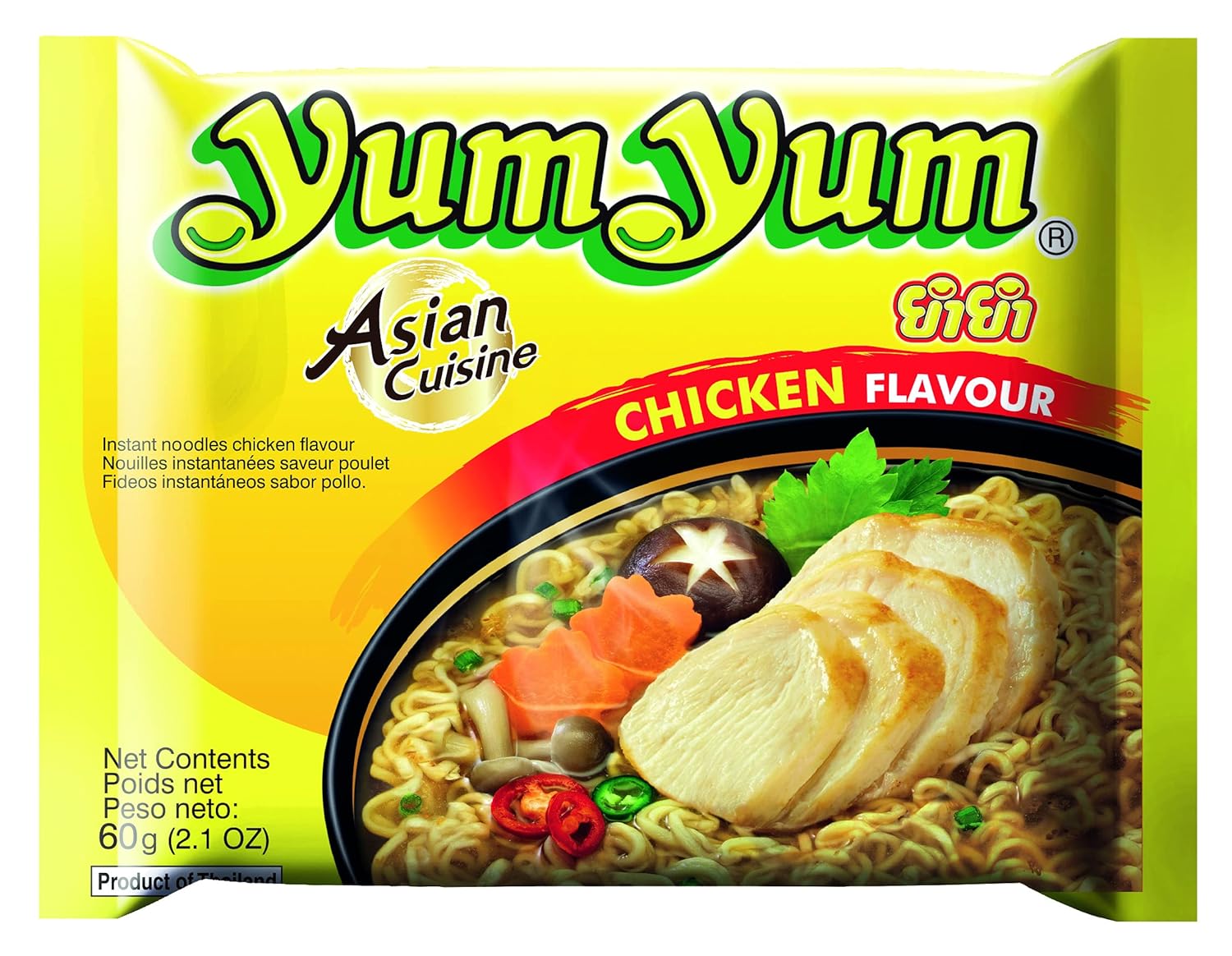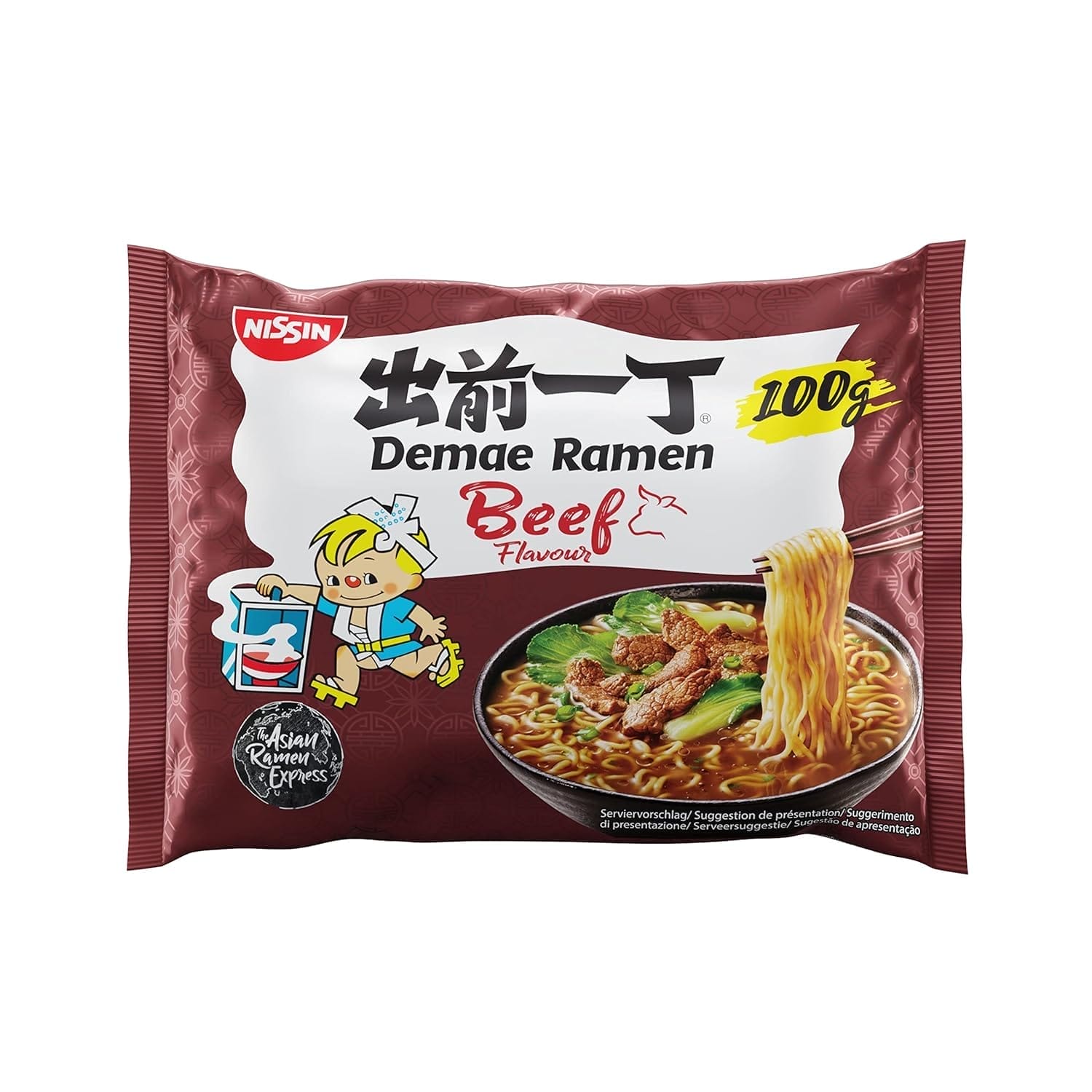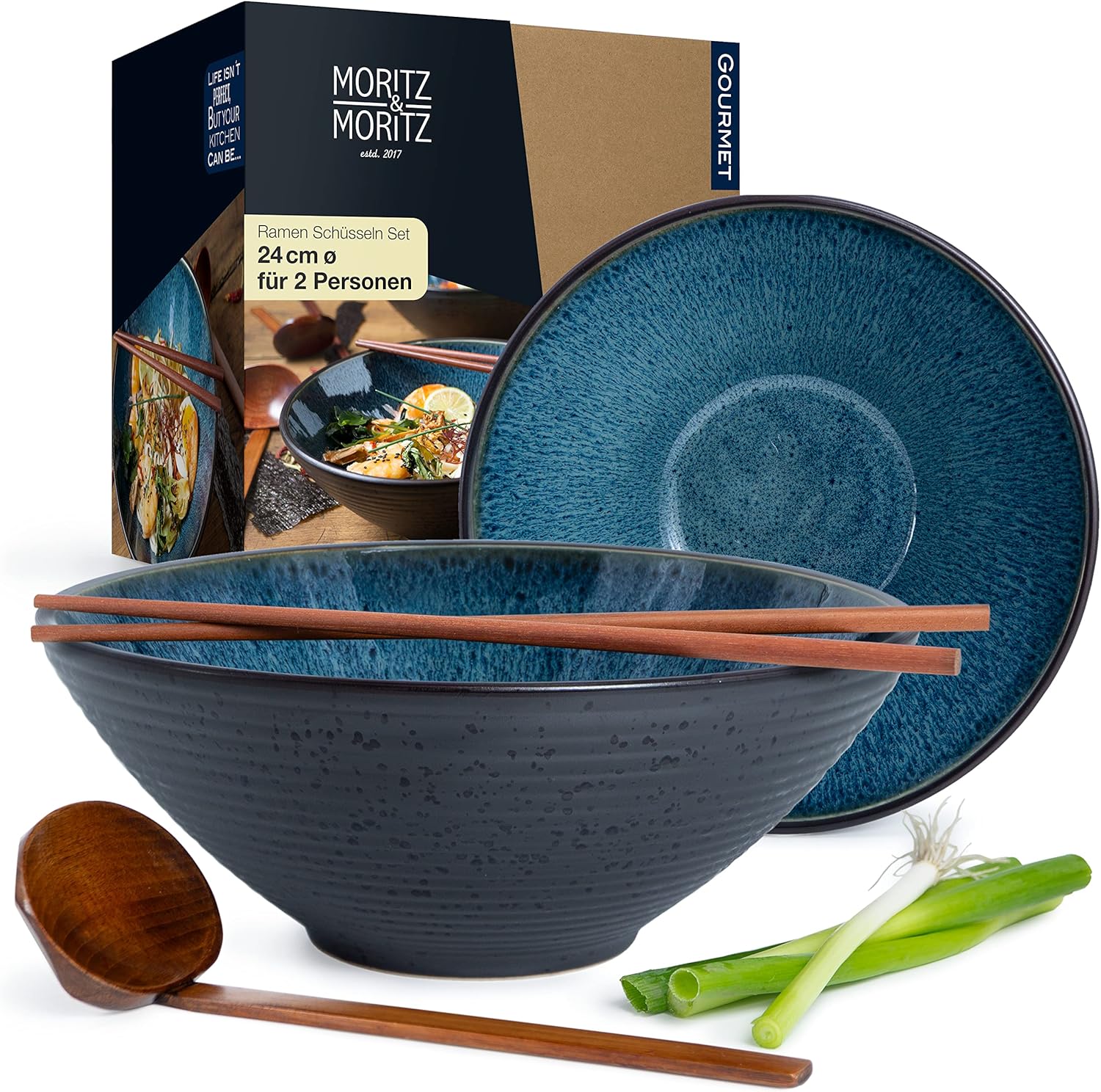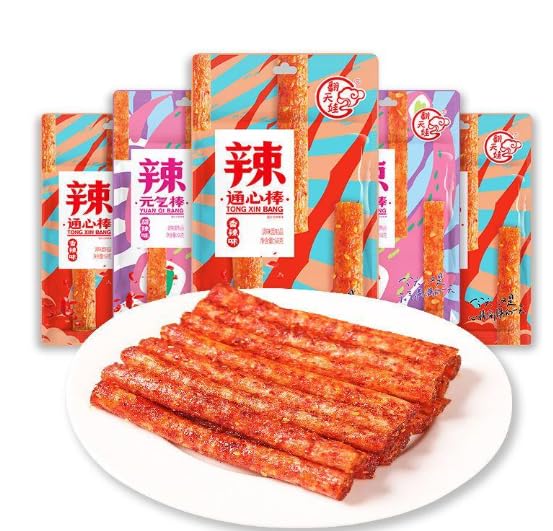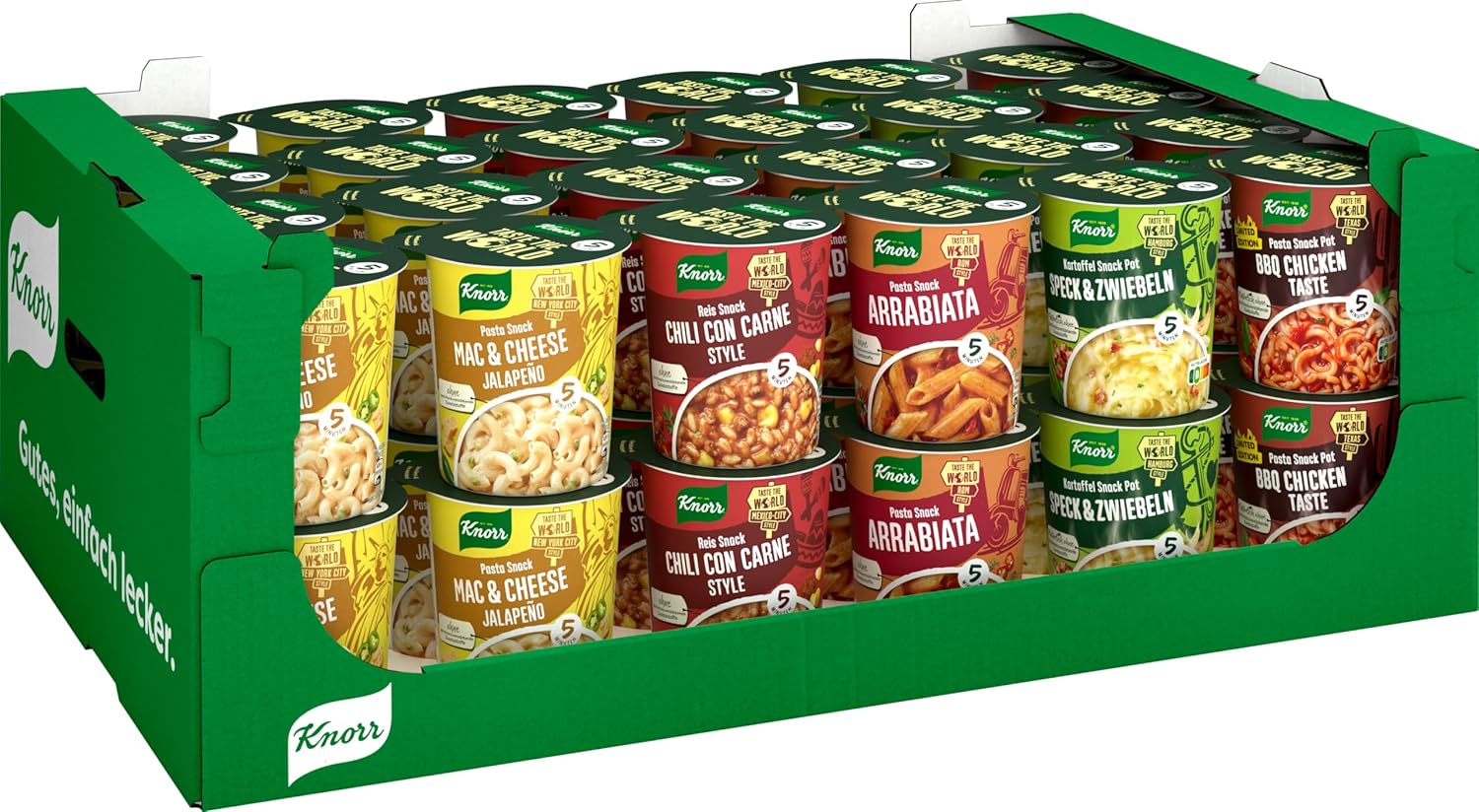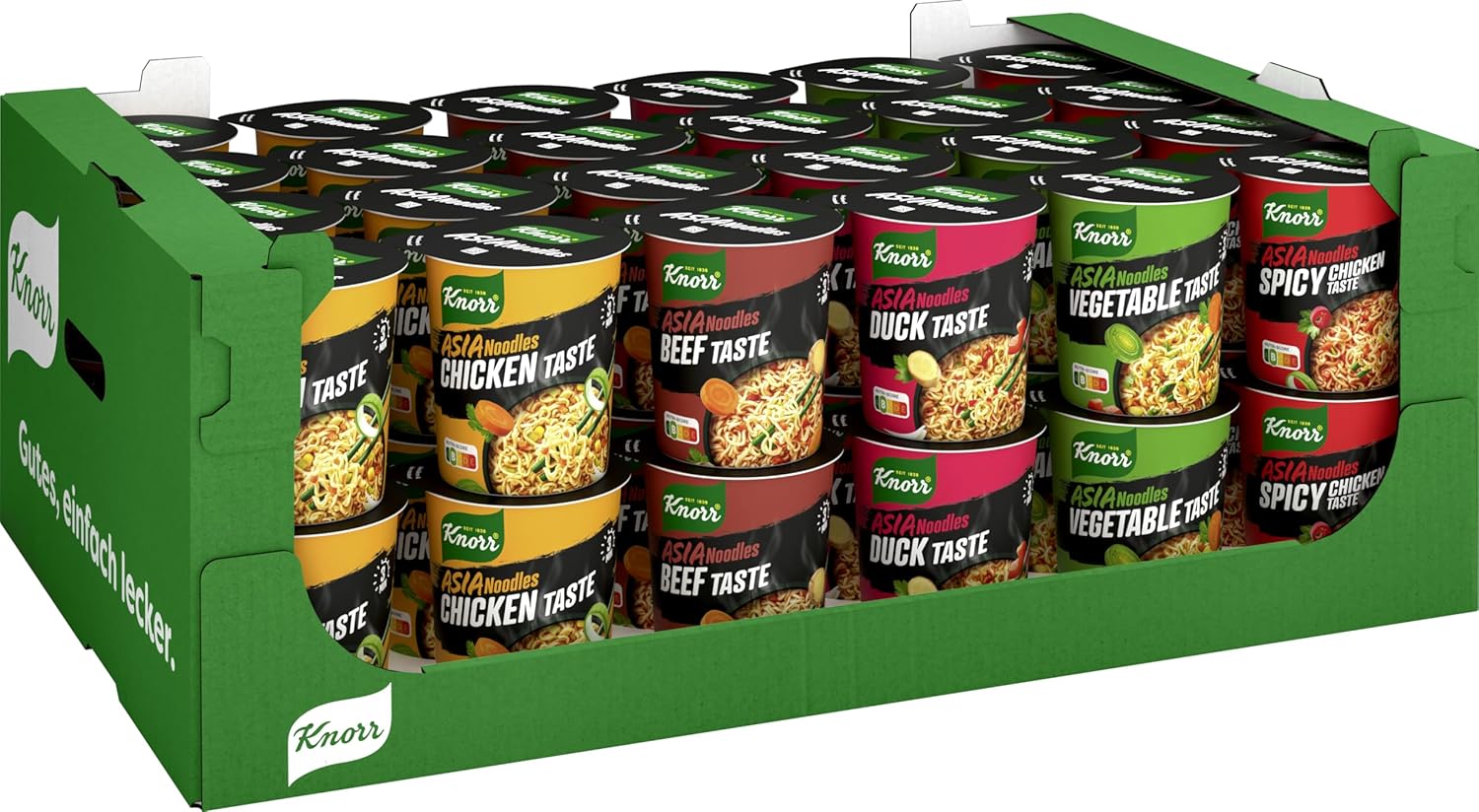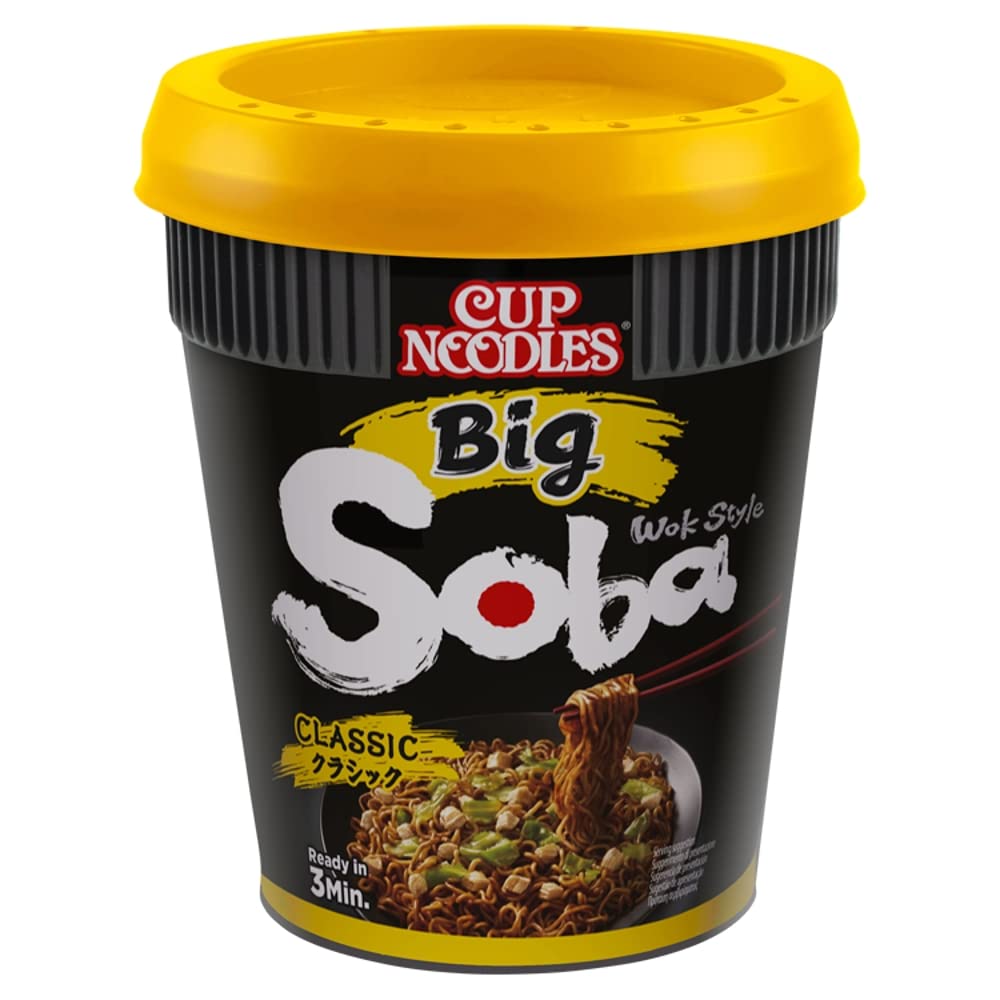You’ve probably stood by the stove, staring at your pot of ramen, wondering, “Is it ready yet?” Cooking ramen might seem simple, but knowing exactly when it’s perfectly cooked can make all the difference between a soggy mess and a delicious meal. If you’ve ever been unsure whether your noodles are done, you’re not alone.
You’ll discover easy tips and tricks to tell when your ramen is cooked just right—so every bite is tasty, chewy, and satisfying. Keep reading, and you’ll never overcook or undercook your ramen again!

Credit: www.reddit.com
Visual Signs Of Cooked Ramen
Knowing when ramen is cooked is easier by watching how it looks. Visual signs help you tell if the noodles are ready without tasting them first. This section explains three key visual clues: color changes, noodle texture, and broth appearance.
Color Changes
Raw ramen noodles are pale and slightly yellow. As they cook, the color turns brighter and more even. Avoid noodles that look dull or uneven in color. Bright, consistent color means the noodles are cooked properly.
Noodle Texture
Cooked ramen noodles look soft but firm. They do not appear dry or hard. Watch for noodles that swell and separate easily in the broth. Overcooked noodles look mushy and may break apart.
Broth Appearance
The broth changes as noodles cook. It becomes clearer or slightly thicker, depending on the recipe. Tiny bubbles rise to the surface, and steam forms. A cloudy or oily broth can mean noodles need more cooking time.
Taste And Texture Checks
Taste and texture checks help you know if ramen is cooked well. These checks focus on how the noodles feel and taste. They make sure your ramen is not too soft or too hard. Good texture means better eating experience. Let’s explore three key checks you can use.
Softness Of Noodles
Softness shows how tender the noodles are. Cooked ramen noodles should feel soft but not mushy. Use a fork to lift a noodle and bite it. If it breaks easily and feels gentle, it is cooked. If it feels stiff or hard, cook it a little longer. Too soft means overcooked noodles.
Chewiness Level
Chewiness means how firm the noodles feel while eating. Ramen noodles should have a slight bounce or spring. It should not be too soft or too tough. A chewy texture gives a nice bite. Test by chewing a few times. If noodles feel rubbery or sticky, they need more cooking or rinsing.
Flavor Absorption
Flavor absorption shows how well noodles soak the broth taste. Cooked noodles absorb the soup’s flavor better. Taste a noodle with some broth. It should have a blend of noodle and soup flavor. If noodles taste bland, they might be undercooked or too thick. Well-cooked noodles carry the broth taste well.
Timing Guidelines
Timing is key to cooking perfect ramen noodles. Cook them too little, and they feel hard and chewy. Cook them too long, and they become mushy and soggy. Knowing the right time to cook helps you get the best texture and taste.
Different types of ramen require different cooking times. Paying attention to timing guides ensures your noodles cook evenly and taste great every time.
Recommended Cooking Times
Most instant ramen noodles cook in about 3 to 5 minutes. Thin noodles usually take closer to 3 minutes. Thicker noodles need up to 5 minutes to soften fully. Packaged ramen often lists cooking times on the label. Use these times as a starting point for your cooking.
Adjusting For Noodle Thickness
Thin noodles cook faster than thick ones. If your noodles are very thin, reduce cooking time slightly. For thick or fresh noodles, add extra time. Check texture often to avoid overcooking. Softer noodles mean shorter cooking, firmer noodles need longer.
Using A Timer Effectively
Use a kitchen timer to track cooking time. Start timing as soon as the water boils. Stir noodles gently to avoid clumps. Stop cooking exactly when the timer ends. Drain immediately to keep noodles from softening more.
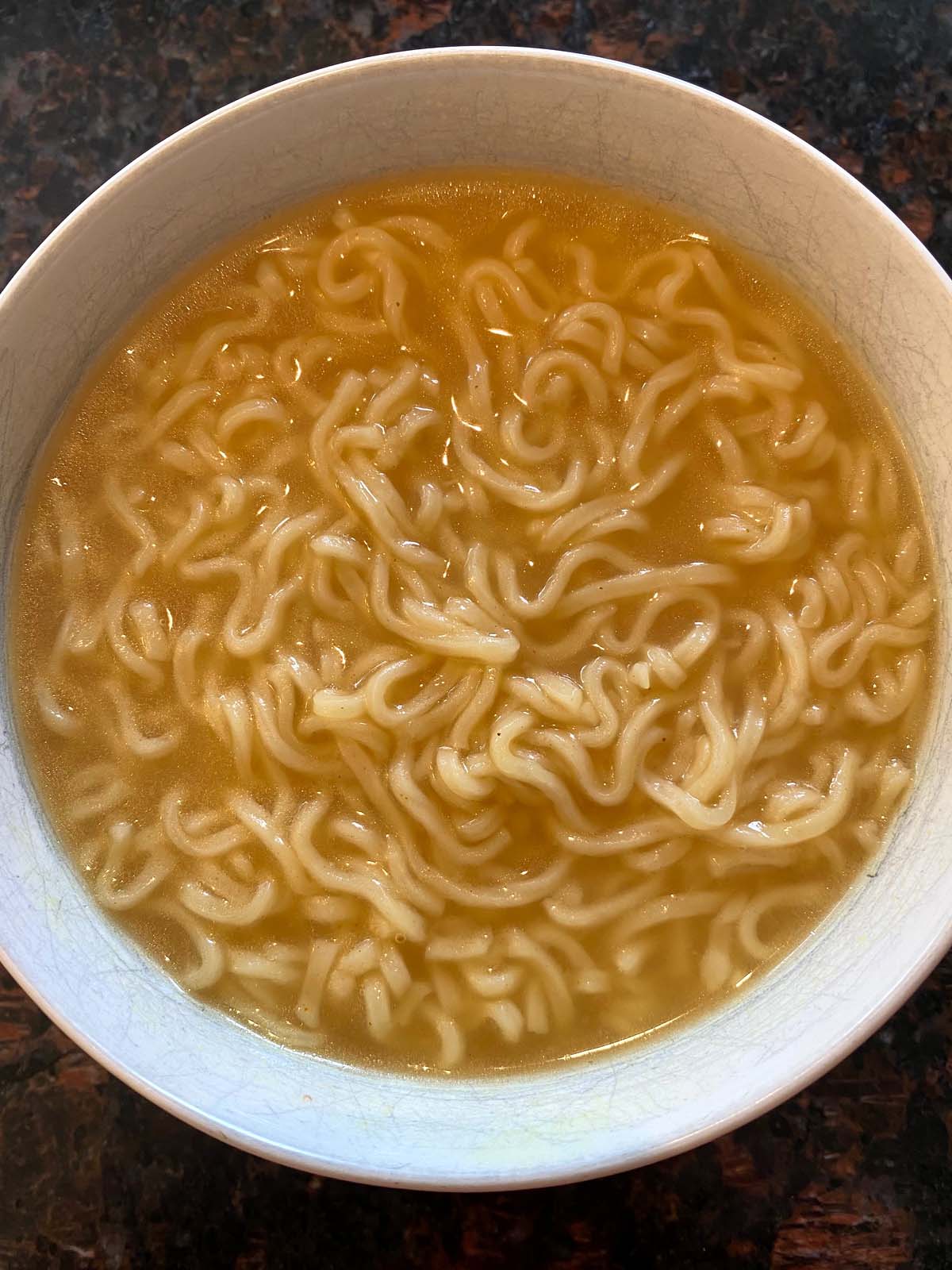
Credit: www.melaniecooks.com
Common Mistakes To Avoid
Cooking ramen might seem easy, but many make simple mistakes. These errors change the taste and texture. Knowing these common mistakes helps cook better ramen every time.
Overcooking Noodles
Overcooked noodles become soft and lose their shape. They soak too much water and feel mushy. Watch the cooking time on the package closely. Stir gently to stop noodles from sticking. Remove noodles from heat as soon as they look tender but still firm.
Undercooking Signs
Undercooked ramen feels hard and chewy in the center. It does not bend well and tastes raw. The noodles appear dry and stiff. Test noodles by biting a small piece. Cook a few more seconds if it feels tough. Perfectly cooked ramen should be soft but slightly springy.
Avoiding Mushy Texture
Mushy texture ruins the ramen experience. It happens when noodles cook too long or sit in hot water. Drain noodles quickly after cooking to stop heat. Rinse briefly with cold water for instant noodles. For fresh ramen, serve immediately to keep firmness. Timing matters to keep the noodles just right.
Tools To Help Check Doneness
Knowing when ramen is cooked perfectly makes a big difference in taste. Using simple tools helps check if the noodles are ready. These tools give quick clues about doneness. They make cooking easier and more precise.
Fork Or Chopstick Test
Use a fork or chopsticks to pick up a noodle. Pull it out gently and feel its texture. Soft but firm noodles mean ramen is done. If the noodle bends easily without breaking, it is ready. If it feels hard or crunchy, cook a little longer.
Taste Testing
Taste a small piece of noodle from the pot. The noodle should be tender but still have a slight bite. Overcooked noodles feel mushy and lose shape. Undercooked noodles taste stiff and floury. Taste testing is the simplest way to check doneness.
Visual Inspection Tips
Look at the noodle color and shape closely. Cooked ramen looks slightly translucent and plump. Raw noodles appear opaque and stiff. Noodles should not stick together in clumps. Separate, smooth strands show even cooking.

Credit: www.youtube.com
Frequently Asked Questions
How Can I Tell If Ramen Noodles Are Fully Cooked?
Ramen noodles are fully cooked when they turn soft but still slightly firm. They should be easy to bite without crunchiness. Cooking time varies, but usually 2-4 minutes is enough. Taste a strand to check texture before draining for best results.
What Texture Indicates Perfectly Cooked Ramen Noodles?
Perfectly cooked ramen noodles have a springy, chewy texture. They should not be mushy or overly soft. The noodles should hold their shape and offer a slight resistance when bitten. This balance ensures a satisfying mouthfeel and optimal flavor absorption.
How Long Should I Cook Ramen Noodles For Best Results?
Typically, ramen noodles cook in 2 to 4 minutes. Cooking time depends on the noodle thickness and brand instructions. Overcooking leads to soggy noodles, while undercooking results in hard texture. Always test a noodle strand near the end of cooking to ensure doneness.
Can Overcooked Ramen Noodles Be Saved Or Fixed?
Overcooked ramen noodles become mushy and lose texture. Unfortunately, they cannot be fixed once overcooked. To avoid this, closely monitor cooking time and test noodles early. If mushy, consider using them in soups or stir-fries where texture matters less.
Conclusion
Ramen cooks quickly and needs close attention. Check the noodles by tasting a small piece. It should be soft but still a little firm. Watch the cooking time on the package as a guide. Overcooked ramen becomes mushy and loses flavor.
Stir the noodles gently to cook them evenly. Drain the water right after cooking to keep texture. Use these simple tips for perfect ramen every time. Enjoy your bowl with confidence and ease. Cooking ramen well is easy with practice.


